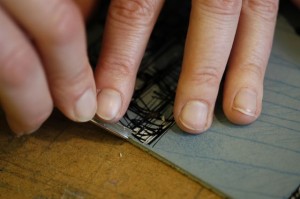Well, I’ve done it. Prices for my prints are up on my website for all to see. It’s been surprisingly stressful. Not because I have been struggling with computer programming; that’s covered in my ‘programming for puddings’ initiative with my clever brother-in-law Simon (he’s ordered proper old fashioned steamed treacle pudding and custard this visit). No, rather it makes me feel a bit vulnerable somehow to stand up and be counted.
I’ve talked about pricing before and how I organise this. So why the angst? I think it’s because we artists are all feeling our way with unique products. I can look at pricing for other people’s prints, but we’re not comparing baked bean cans here. No, we artists have to say that X pounds, dollars or yen are what we are worth and I am as jumpy about undervaluing my work as I am about overvaluing it. All I can say is that I try to be fair: I do like heating in the winter, but I don’t expect it to be turned on by a housemaid.
There is another issue which must crop up for other artists going live with a shop and printmakers especially as we deal in multiples of the same image. What happens about your galleries when you are also selling direct? I’m going to be up front here and tell you how I’m handling it because I am rather proud of having made a few principled decisions (this from the girl who regularly broke into her school staff room to drink the coffee and read reports in advance. The teenager confused as to her age: ‘twelve please’ for the cinema’s child seats and well over eighteen for cider in the pub. The woman who, late one Christmas Eve working as a butcher’s assistant, helped to sell a white turkey as a bronze one by tinting the leg feathers with a marker pen.)
• My prints cost the same wherever you buy them
• If you see a print in a gallery and come to me, I will send you back to the gallery to buy
• If you fall in love with a print because you saw it previously in a gallery but later come to me, I will send a little cut back to the gallery as a thank you for the referral.
So please have a look at my gallery. Over the years I’ve had every sort of response from ‘You’re way too cheap’ to ‘Well, this is a total rip off!’ I don’t think either extreme is true, but now you can be the judge of that…
